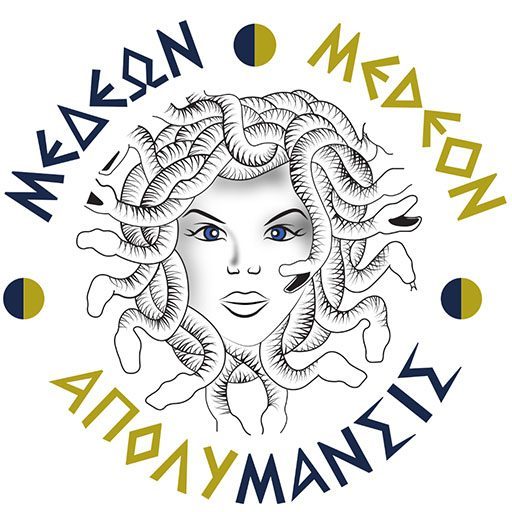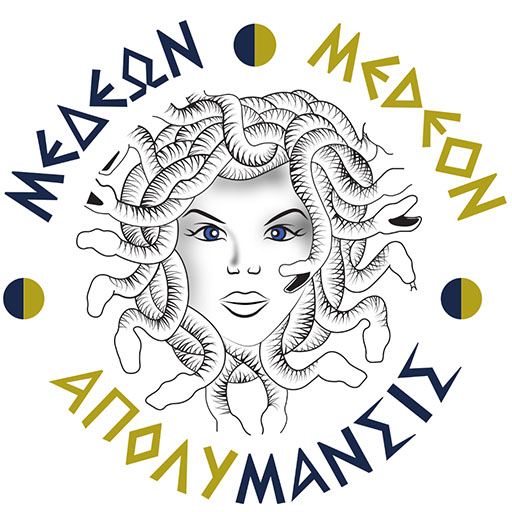Biopathogens that can cause massive loss have been categorized into three categories depending on the size of the threat they may pose.
Their characteristic is that they are easily transmitted from person to person. They cause high mortality with potential impact on public health and can cause public panic and social unrest. For these reasons, special care is required in the preparation of the public health sector.
Category A includes carbon (bacillus anthracis), butolin toxin (clostridium botulinum), plague (versinia pestis), smallpox (variola major), tularemia (francisella tularensis), and viral haemorrhagic fevers, which philoviruses (ebola, marburg) and arenoviruses (lassa, machupo).
Category B includes brucellosis (brucella), enterotoxin E (clostridium perfrigens), food safety threats from salmonella, escherichia coli and shigella, horse sickness (burkholderia mallei), honeysuckle (burkholderia pseudomal) chlamydia (chlamydia psittaci), fever Q (coxiella burneti), ricin (ricinus communis), staphylococcal enterotoxin B (stahh. aureus), typhoid (rickettsia prowazekei), viral encephalitis (eastern Venezuelan equine encephalitis), as well as threats to water safety (vibrio cholerae and cryptosporidium parvum).
Category C includes Nipah virus and Hanta virus.
Biological Threat-Toxins. The biological threat consists of Biological Substances (BOD) which are mainly pathogenic microorganisms that cause diseases in humans, plants and animals and prohibit the use of areas contaminated by them. They can be extremely active and in many cases, a minimum number of microorganisms is enough to have a detrimental effect on the target person.

